Date: 2 August 2019
There are as many good reasons to pin information or product data to a processed glass panel as there are for chalk marking or sticking down labels. As a new process with expanded functionality, laser marking with its enhanced features is becoming increasingly popular.
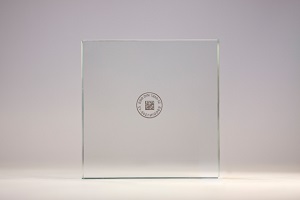
For Dr Thomas Rainer, Head of Development for HEGLA boraident in Halle, a specialist laser technology company, the advantages are obvious. “The marking is firmly attached within the glass panel for its entire life cycle”, emphasises Dr Thomas Rainer. If the marking has been transferred through laser technology with the ES-Guard-System it can be reliably identified by tracking systems at any time”.
With suitable storage methods the production data, such as batch number, the production time or the applied machining processes will be constantly accessible. The option of distinguishing origin and production procedures, especially on large-scale projects with various suppliers, can be beneficial, even many years later.
No confusion through faulty marking
If the laser marking is applied on the raw glass sheet before starting the planned cutting program the chances of mistakes made through manual marking are eliminated. The risk of smeared writing, labels falling off or tearing as is familiar with chalk marking or labelling, is eradicated.
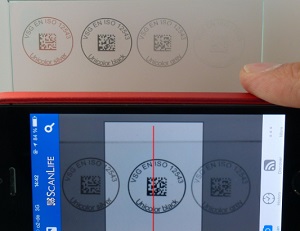
Technically the wafer-thin markings are lasered on the panel with help of a transfer tape. This method is remarkably resilient, gentle on the material and, thanks to high pixilation, optically appealing. “Whereas the traditional CO2-laser marking is engraved into the glass, the panel stays untouched with the laser-printing process. Therefore, the marking has no impact on the quality or material properties of the final product”, stresses Dr Rainer, product development manager and graduate physicist.
Potentially unlimited opportunities
The opportunities arising from laser-printer technology are potentially unlimited and can be customised to any requirement or procedure. “Our clients not only use the laser marking to identify single panels distinctively, but to direct, control and optimise the production”, Dr Thomas Richter explains. The QR- or DataMatrix-code as well as a free choice in characters and numbers, enable the systematic transfer of information on operating figures, production parameters or data on company related quality standards. In relation to Industry 4.0 in particular, the decentralised production control laser marking is highly suitable.
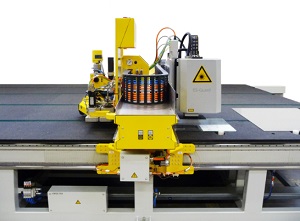
The marking can be introduced in visible areas of the glass product or at a later stage in a non-visible place. By adding a logo it can be used to show the company’s branding or an ESG-sign. For the latter this could demonstrate an additional security feature.
By using the correct transfer tape, the colour will change during the toughening procedure and prove the appropriate process has been carried out. As technical speciality of the ES-Guard system the marking could be implemented on coated glass (TPF and EasyPro). The film is thermally removed during the marking process and directly applied to the glass panel.
Devarnishing without damaging the surface
Next to marking single panels or glass products HEGLA boraident is developing further production methods for refining glass. The company has already produced and built facility solutions that use laser technology on coated panels to de-varnish without any damage or blemishes occuring.
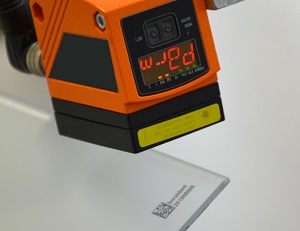
In relation to structural glazing especially, where panels vary in size, format and decorative design, there are growing opportunities and enhanced quality demands. “On prestigious building projects and where the de-varnishing occurs in immediate view of the observer, a laser can achieve results that could not be delivered on the traditional methods”, Dr Thomas Rainer concludes.

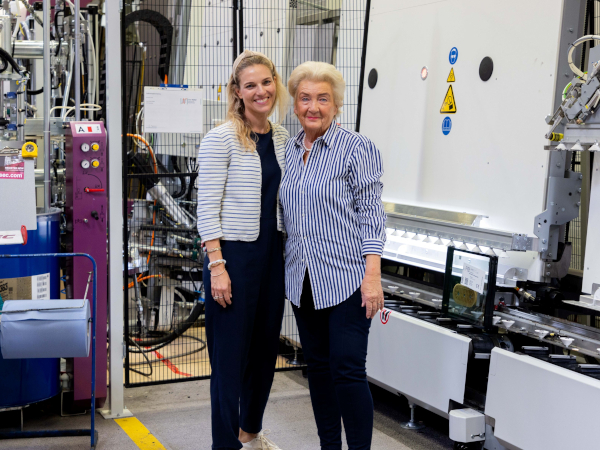
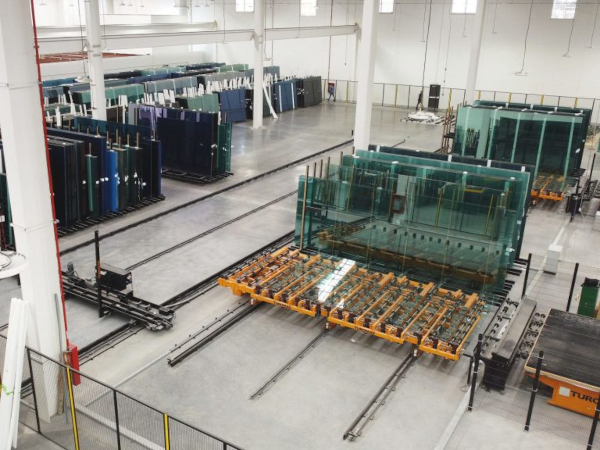
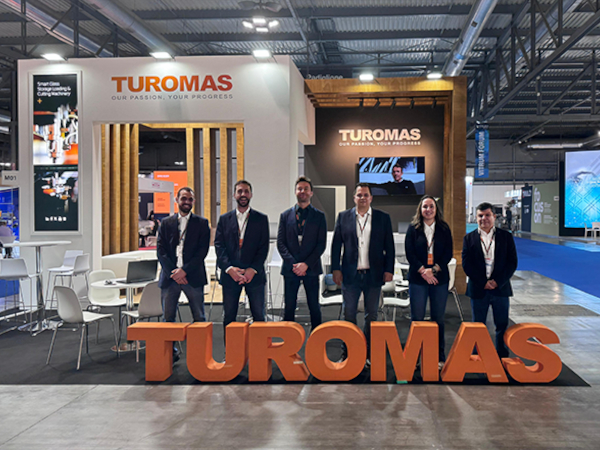

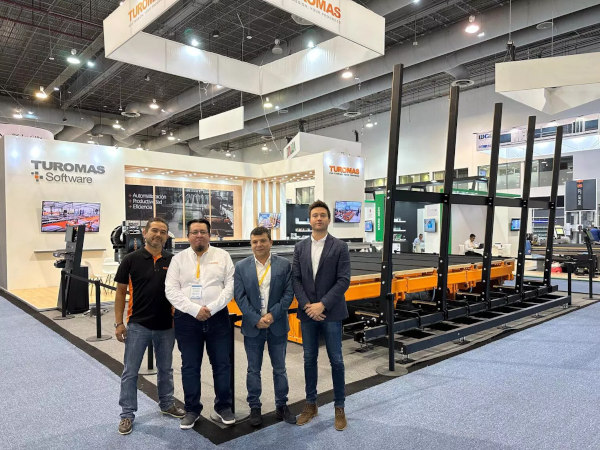
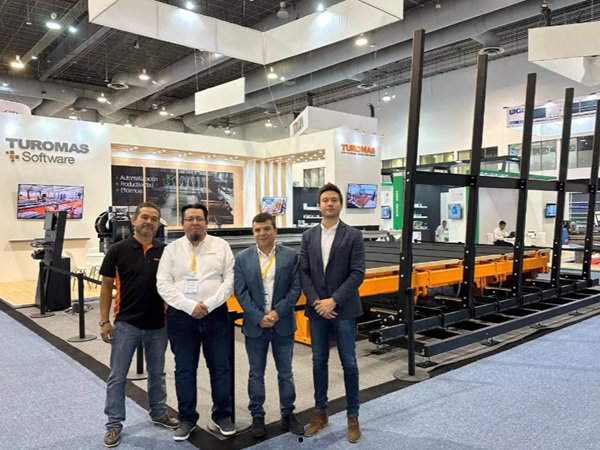





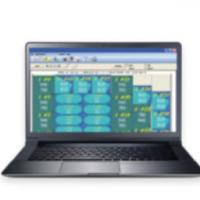
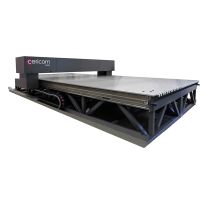
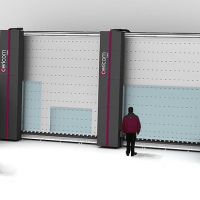
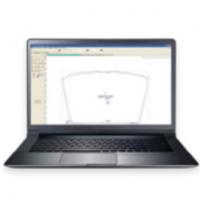


Add new comment